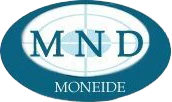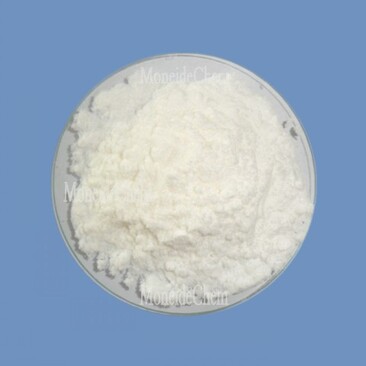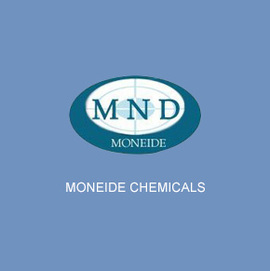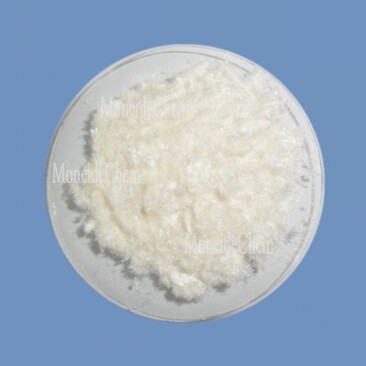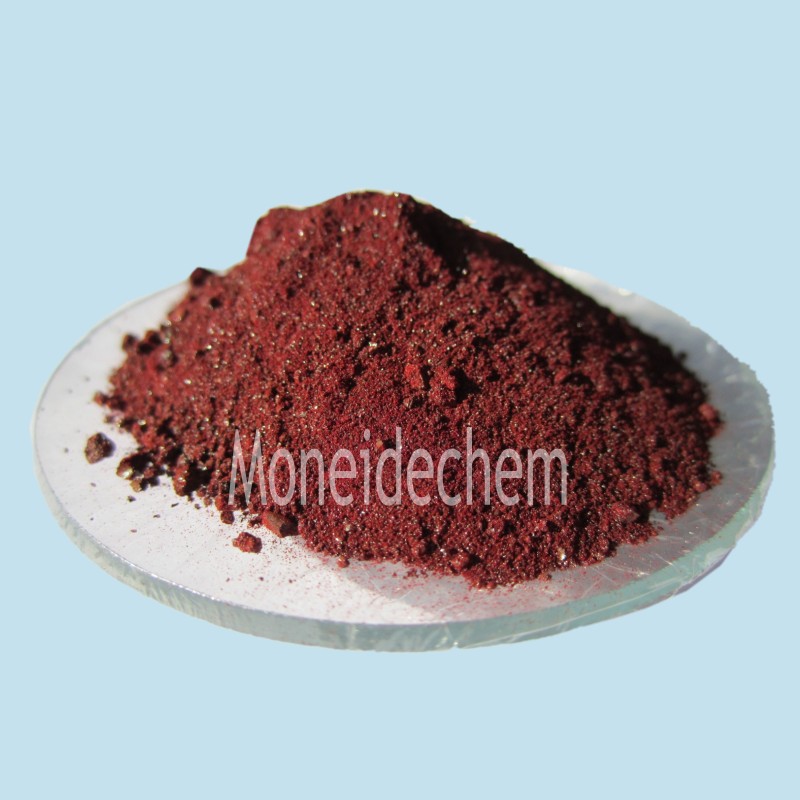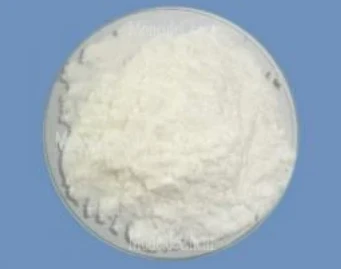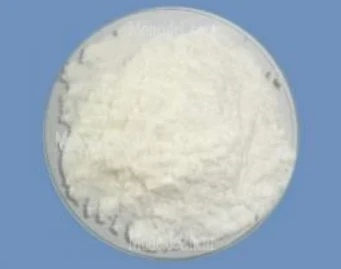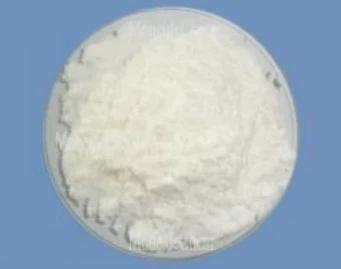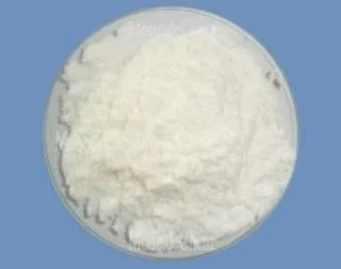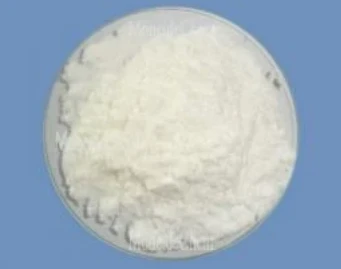Welcome to Tangshan Moneide Trading Co., Ltd.
Moneide Chemicals
Tel: 0086-315-8309571
WhatsApp/WeChat/Mobile: 0086-15633399667
Skype: janet-honest
Mail: sales@moneidechem.com
Address: 2-7-523 Jidong Building Materials Commercial Center, Tangshan, Hebei 064000 China
Acid Green 1 Dye: High Purity, Vibrant Color for Industry
- Time of issue:សីហា . 27, 2025 06:40
(Summary description)Tangshan Moneide Trading Co., Ltd. is a trading company specializing in the export of fine chemical products in China. Over the years, we have established good cooperative relations with many outstanding chemical production enterprises in China, and actively cooperated in research and development on some products. Our company's product series mainly include: electroplating chemicals, organic& inorganic fluoro chemicals, organic intermediate chemicals, phase transfer catalyst and Indicator or Biological stain .
- Categories:Company dynamic
- Author:
- Origin:
- Time of issue:2019-12-30 10:55
- Views:
In the intricate landscape of industrial coloration, the selection of high-performance dyes is paramount for achieving both aesthetic brilliance and functional longevity. Among the myriad of synthetic dyes, acid green 1, also known by its CAS number 19381-50-1, stands out as a critical acid dye widely utilized across various sectors. This anionic dye is celebrated for its vivid green hue, excellent leveling properties, and remarkable fastness characteristics on protein and polyamide fibers. Its chemical structure, typically featuring chromophores and auxochromes carefully engineered for optimal light absorption and binding affinity, contributes to its superior performance in demanding applications. This comprehensive overview delves into the technical intricacies, application versatility, and strategic advantages of acid green 1, providing B2B stakeholders with the insights necessary to make informed procurement and application decisions. We will explore its manufacturing process, current industry trends, detailed technical specifications, and real-world case studies to illustrate its value proposition. The global market for acid dyes, including products like acid green 1, is experiencing a dynamic shift driven by several key factors. Increasing consumer demand for sustainable and eco-friendly textiles, coupled with stringent environmental regulations, is pushing manufacturers towards more efficient and less polluting dyeing processes. Innovations in dye synthesis are focused on reducing water consumption, improving biodegradability, and minimizing heavy metal content. According to a report by Grand View Research, the global textile chemicals market size was valued at USD 24.3 billion in 2022 and is expected to grow at a compound annual growth rate (CAGR) of 4.3% from 2023 to 2030, with dyes and colorants holding a significant share. The adoption of advanced dyeing techniques, such as supercritical CO2 dyeing and digital textile printing, is also influencing demand patterns. While these methods offer environmental benefits, traditional exhaust dyeing with acid dyes remains prevalent due to its cost-effectiveness and versatility for bulk production. Furthermore, the rising demand for high-performance textiles in automotive, sportswear, and technical apparel sectors continues to fuel the need for dyes with superior fastness properties and color brilliance, areas where acid green 1 excels. Understanding the precise technical parameters of acid green 1 is crucial for its optimal application and consistent results. This dye is known for its excellent affinity for protein fibers such as wool and silk, as well as polyamide fibers like nylon, owing to its anionic nature which forms strong ionic bonds with the positively charged sites on these fibers under acidic conditions. The pH range for dyeing is typically acidic, often optimized for specific fiber types to ensure maximum dye uptake and penetration. These specifications underscore the dye's reliability and performance. The high light fastness and washing fastness values are particularly important for applications where color retention under environmental stress and repeated laundering is critical, such as in automotive textiles or outdoor apparel. Our products are consistently tested against international standards like ISO and AATCC to ensure batch-to-batch consistency and superior quality. The synthesis of acid green 1, like many high-performance acid dyes, is a complex chemical process involving multiple steps to ensure purity, strength, and desired shade. Our manufacturing facilities adhere to stringent quality control protocols, including ISO 9001 and ISO 14001 certifications, to guarantee environmental responsibility and product excellence. The general process flow can be outlined as follows: Our commitment to precision engineering throughout this process ensures the delivery of a consistent, high-quality product with reliable performance characteristics, contributing to resource efficiency in client operations. The versatility of acid green 1 makes it an indispensable component in numerous industrial applications. Its robust performance characteristics allow for its use in demanding environments where color consistency and durability are paramount. The primary target industries include: In a typical application scenario in the textile industry, for instance, a large-scale wool dyeing facility would utilize acid green 1 for its ability to produce consistent shades with minimal metamerism under varying light sources. The dye's reliable performance significantly reduces re-dyeing rates, contributing to energy saving by optimizing resource utilization (steam, water, chemicals) and minimizing waste generation. Its robust chemical stability also ensures corrosion resistance in the dyeing machinery by avoiding harsh chemical reactions, extending the service life of equipment, particularly in petrochemical and water supply & drainage sectors, if dye wastewater treatment is considered part of the overall process chain. The selection of acid green 1 by leading industrial players is predicated on its distinct technical advantages, which translate directly into operational efficiencies and superior end-product quality. These advantages include: These advantages are not merely theoretical; they are consistently validated through our internal quality assurance processes and by feedback from our long-standing partner clients in the textile and leather industries. For instance, a major European carpet manufacturer reported a 12% reduction in re-dyeing incidence after switching to our standardized batches of acid green 1, directly impacting their operational costs and improving throughput. Selecting the right supplier for critical raw materials like acid green 1 is a strategic decision. While multiple vendors offer acid dyes, differentiators in product quality, consistency, technical support, and supply chain reliability can significantly impact your operations. Here's a comparison highlighting key factors: Moneide Chemical Co., Ltd. distinguishes itself through an unwavering commitment to quality control and technical expertise. Our products, including acid green 1, are backed by rigorous testing and a deep understanding of dyeing chemistry. We leverage over two decades of experience in the specialty chemicals sector, serving a global clientele. Our certifications, including ISO 9001 for quality management and ISO 14001 for environmental management, are not just badges but reflections of our operational excellence and commitment to sustainable practices. Recognizing that standard products may not always address unique industrial challenges, we offer comprehensive customized solutions for acid green 1. Our R&D team works closely with clients to develop formulations tailored to specific application requirements, ensuring optimal performance and cost-effectiveness. Our technical support extends beyond product delivery to providing on-site assistance, troubleshooting, and process optimization consultations. This collaborative approach ensures that our clients gain maximum value from their investment in acid green 1 and related dyeing solutions. The efficacy of acid green 1 is best demonstrated through its successful implementation in challenging industrial environments. Here are examples illustrating its impact: A leading manufacturer of performance athletic wear sought a vibrant, durable green for their new line of moisture-wicking nylon fabrics. Their previous dye exhibited insufficient wet fastness, leading to color migration during washing and perspiration. We partnered with them to integrate our high-purity acid green 1 into their dyeing process. After optimizing the pH and temperature profiles, the new formulation achieved a washing fastness rating of 4-5 and perspiration fastness of 4, significantly exceeding their previous results. This led to a 15% reduction in customer returns related to color issues and enhanced their brand's reputation for quality. An automotive supplier specializing in premium wool blend interior fabrics faced stringent light fastness requirements for a new vehicle model. The interior components needed to withstand prolonged exposure to sunlight without significant fading. Our specialized grade of acid green 1, formulated for enhanced UV stability, was incorporated. Rigorous testing showed a light fastness rating of 5 on the Blue Scale (ISO 105-B02), surpassing the industry benchmark of 4. This achievement secured their contract for the new vehicle line and demonstrated the dye's capability in demanding, high-value applications, where the service life of the textile directly impacts vehicle aesthetics and perceived quality. A manufacturer of high-end leather bags and accessories required a consistent, rich green shade for their exotic leather range. They struggled with uneven dye penetration and blotchiness using conventional dyes. Through consultation, we recommended a finely dispersed variant of acid green 1. The micro-particle size allowed for deeper and more uniform penetration into the dense leather fibers, resulting in a flawless, consistent green finish with excellent rub fastness. This not only improved the aesthetic quality of their products but also reduced wastage from unevenly dyed hides, leading to significant material cost savings. A: Acid green 1 is primarily used for dyeing protein fibers (wool, silk) and synthetic polyamide fibers (nylon) in the textile and leather industries, as well as for certain paper applications. A: While it is a synthetic dye, our manufacturing process for acid green 1 adheres to strict environmental standards (ISO 14001) to minimize ecological impact. We also offer consulting on eco-efficient dyeing practices. A: Standard orders typically have a lead time of 7-14 business days, depending on quantity and destination. For customized solutions or large bulk orders, lead times will be confirmed upon order placement. We maintain robust inventory levels to support urgent requirements. A: We stand by the quality of our acid green 1 and all our products. We offer a standard 12-month warranty against manufacturing defects, provided the product is stored and used according to our guidelines. Our commitment extends to ensuring product specifications meet or exceed agreed-upon parameters. A: Our comprehensive after-sales support includes technical consultation, troubleshooting assistance, application guidance, and re-order fulfillment. Our dedicated team is available via phone, email, and online portal to ensure continuous operational efficiency for our clients. We offer immediate response for urgent technical inquiries. Acid green 1 remains a cornerstone dye in the industrial coloration landscape, valued for its brilliant hue, robust fastness properties, and versatility across key sectors like textiles, leather, and paper. Its consistent performance, coupled with our rigorous manufacturing standards and dedicated technical support, ensures that our clients achieve optimal results and maintain a competitive edge. The emphasis on high purity, consistent shade, and superior fastness properties makes acid green 1 a reliable and cost-effective choice for demanding B2B applications, demonstrating its enduring relevance in an evolving market. As a professional SEO content strategist and technical copywriter, we understand the critical role of precise chemical compounds like acid green 1 in manufacturing processes. Our commitment is to provide products that not only meet but exceed industry standards, fostering long-term partnerships built on trust and mutual success.Understanding acid green 1: A Core Component in Industrial Dyeing
Industry Trends and Market Dynamics for Acid Dyes

Detailed Technical Specifications of Acid Green 1 (CAS: 19381-50-1)
Parameter
Specification
Test Method
Product Name
Acid Green 1
Internal Standard
Chemical Name
Sodium N,N-Diethyl-N-p-sulfophenylaminophenyl(4-diethylamino-2-hydroxybenzylidene)methyl]-N-p-sulfophenylammonium Chloride
N/A
CAS Number
19381-50-1
N/A
CI Number
CI Acid Green 1 (CI 10020)
N/A
Appearance
Dark Green Powder
Visual Inspection
Strength
100% (Standardized)
Spectrophotometry (relative to standard)
Shade
Bright Green (comparable to standard)
Visual/Spectrophotometric comparison
Solubility (50g/L, 50°C)
Soluble in water (clear solution)
AATCC 155
Light Fastness (Wool)
4-5 (ISO 105-B02)
ISO 105-B02 (Blue Scale)
Washing Fastness (Wool)
3-4 (ISO 105-C06)
ISO 105-C06 (Grey Scale)
Rubbing Fastness (Dry/Wet)
4-5 / 3-4 (ISO 105-X12)
ISO 105-X12
pH Stability
Optimal pH 3-5
Internal pH tests
Insolubles
≤0.5%
Gravimetric Analysis
The Manufacturing Process of Acid Green 1

Application Scenarios Across Diverse Industries

Technical Advantages and Performance Metrics
Vendor Comparison and Competitive Edge
Feature
Moneide Chemical Co., Ltd.
Competitor A (Generic)
Competitor B (Generic)
Product Purity & Strength
≥98% (consistent)
90-95% (variable)
95-97% (some variability)
Color Consistency (ΔE)
<0.5 (batch-to-batch)
1.0-2.0 (noticeable variation)
0.7-1.5 (minor variation)
Fastness Properties (Light/Wash)
High (ISO 4-5/3-4)
Medium (ISO 3-4/2-3)
Good (ISO 4/3)
Technical Support
Dedicated & Proactive (24/7)
Limited, reactive
Standard business hours
Certifications
ISO 9001, ISO 14001, REACH Compliant
Basic ISO 9001
Some regional certifications
Customization Options
Extensive (shade, strength, formulation)
Minimal
Limited to batch size
Supply Chain Reliability
Robust, global logistics network
Regional, susceptible to disruption
Moderate, some lead time issues
Customized Solutions for Specialized Applications
Application Case Studies: Real-World Success with Acid Green 1
Case Study 1: High-Performance Athletic Wear Manufacturer
Case Study 2: Automotive Interior Textile Supplier
Case Study 3: Luxury Leather Goods Producer

Frequently Asked Questions (FAQ)
Q: What is the primary application of acid green 1?
Q: Is acid green 1 environmentally friendly?
Q: What is the typical lead time for an order of acid green 1?
Q: What kind of warranty do you offer on your dyes?
Q: What kind of after-sales support is available?
Conclusion: The Enduring Value of Acid Green 1
Authoritative References





